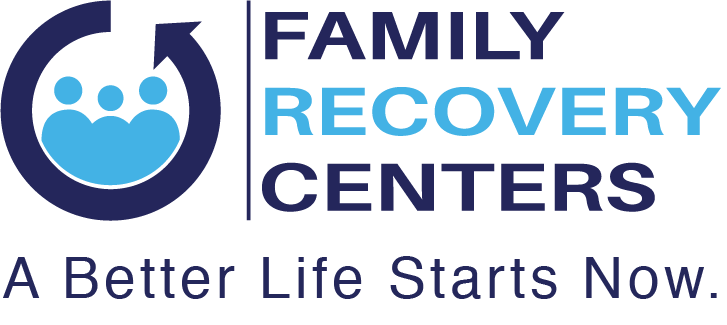Depression and Anxiety in the Lives of Today’s Teens
Everyone loves the concept of best friends; so much so that the acronym BFF is more than commonplace. In the behavioral health field, anxiety and depression are the best of friends, as in one mental disorder rarely goes anywhere without the other, especially in young people.
Anxiety and depression are on the rise in the adolescent population, which often leads to increased substance use and escalating suicide rates. Certainly, the question posed by parents is “why?” We believe that this one-word question has a three-part answer.
Genetic Predisposition
The human condition is such that certain individuals are biologically predisposed to a variety of illnesses or conditions. The offspring of two diabetics will probably end up with the disease, just as the child of alcoholics is no doubt at risk for the same. Depression and anxiety are no different. An imbalance in brain chemicals such as serotonin or dopamine can influence a person’s susceptibility to these disorders. It is no one’s fault; it is just genetics.
Environmental Factors
This does not concern the house or neighborhood in which one lives; instead this pertains to the less tangible components of a young person’s life. Specifically, many parents in today’s world want their children’s lives to be struggle-free, as easy as possible.
On the surface, this mindset appears positive and laudatory. Unfortunately, it has unintended consequences. The only way a child learns how to deal with adversity or discomfort is to experience it; the same holds true with not getting their way or being told no when they want to hear yes. Many children aren’t taught and don’t learn basic emotion-regulation skills. Therefore, when they encounter difficulty in life, which they will, they have little to no coping skills in their tool box.
At FRC, we work to support the parents and kids in our program with skill-building so that together, they can work through issues and overcome difficult situations and emotions.
Stress
This is a very real challenge in the lives of today’s adolescents and it manifests in many forms. Perhaps the two greatest sources are social and academic. Although it is impossible to truly quantify how deleterious social media is on young people, we can certainly guess. Teens are spending a lot of time on their phones each day. Girls in particular compare themselves to others regarding appearance. This rarely turns out well. And consider the concept of opportunity cost—what someone is NOT doing while they are doing something else. In this case, teens are not interacting with others face to face maybe as much as they could, and importantly, many are not moving as much. Exercise is a natural stress-reducer.
Academic pressure is a tremendous source of anxiety, much of it focused on getting into the “right” college or university. Every exam, test result and grade takes on monumental importance.
Imagine a 16-year-old girl, who is genetically predisposed to mental disorders being bullied on social media while she struggles academically. Because she, like most adolescents, is a black-and-white thinker with no shades of gray, she might think her life is over, done. This proves the perfect environment for best friends depression and anxiety to step in. She quits going to school, can’t get out of bed, stops eating.
This is what we specialize in at Family Recovery Centers and our commitment to Dialectical Behavior Therapy, among other therapeutic modalities, means that we can provide families with the tools and skills they need to live a successful life.
